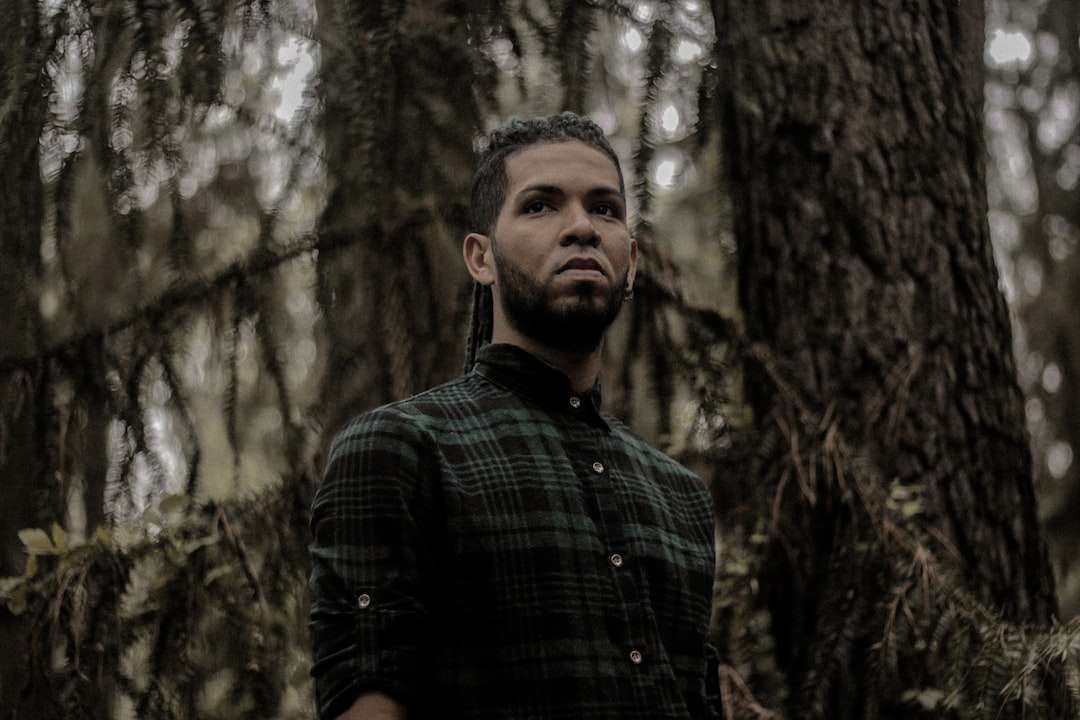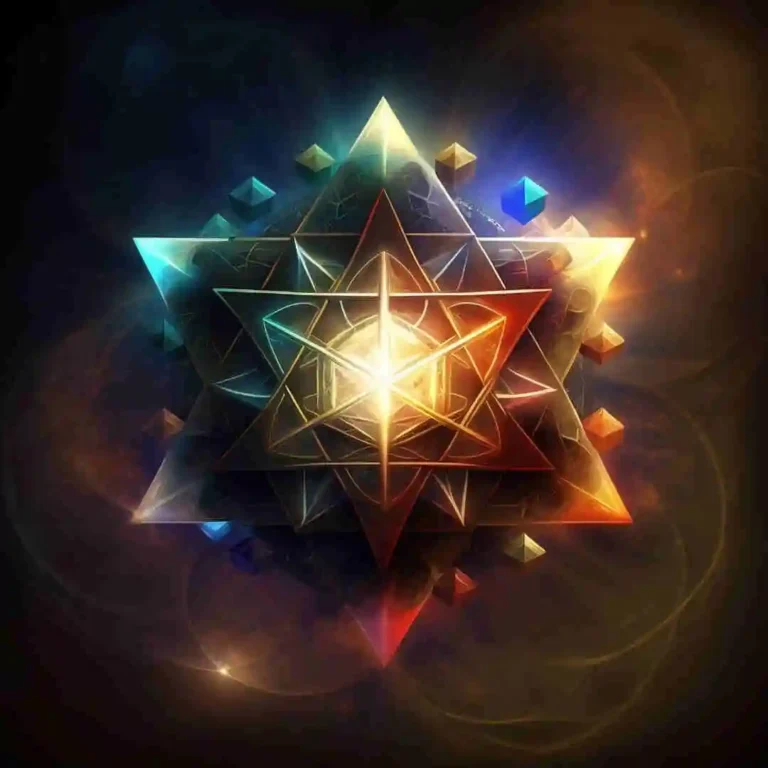The Symbolic Importance of the Wise Old Man Archetype in Literature and Mythology

Archetypes are universal symbols or themes that appear in myths, stories, and dreams across different cultures and time periods. They represent fundamental aspects of the human experience and serve as a blueprint for understanding and interpreting the world around us. One such archetype is the Wise Old Man, a figure that has appeared in various forms throughout history.
The Wise Old Man archetype is characterized by wisdom, knowledge, and guidance. He is often portrayed as an elderly man with a long white beard, symbolizing his age and experience. This archetype represents the collective wisdom of humanity and serves as a mentor or guide for the protagonist in a story or myth. The Wise Old Man offers advice, teaches important lessons, and helps the hero on their journey of self-discovery and growth.
Key Takeaways
- The Wise Old Man Archetype is a symbolic figure that represents wisdom, knowledge, and guidance.
- The archetype has its roots in mythology and has been present in literature throughout history, from classic works to contemporary ones.
- Archetypal symbols associated with the Wise Old Man include the beard, staff, and owl.
- The Wise Old Man Archetype appears in different cultural contexts, with variations in appearance and symbolism.
- The archetype has psychological significance in Jungian theory and can be applied to personal growth and development.
The Historical Roots of the Wise Old Man Archetype in Mythology
The Wise Old Man archetype can be traced back to ancient mythology, where it appears in various cultures and traditions. In Greek mythology, there is the figure of Chiron, a centaur who was known for his wisdom and knowledge of medicine. Chiron mentored many heroes, including Achilles and Jason, and played a crucial role in their quests.
In Norse mythology, there is Odin, the Allfather and ruler of Asgard. Odin is often depicted as an old man with a long white beard and a wide-brimmed hat. He is associated with wisdom, knowledge, and magic, and serves as a guide for heroes such as Thor and Loki.
In Eastern mythology, there is Laozi, the founder of Taoism. Laozi is often depicted as an old man with a long white beard, riding on a water buffalo. He is revered for his wisdom and teachings on living in harmony with nature.
The role of the Wise Old Man in mythology is to provide guidance and wisdom to the hero or protagonist. He often appears at crucial moments in the story, offering advice or presenting the hero with a challenge that will test their character and help them grow. The Wise Old Man represents the accumulated knowledge and experience of generations past, and his role is to pass on this wisdom to the next generation.
The Wise Old Man Archetype in Literature: Examples from Classic and Contemporary Works
The Wise Old Man archetype has been a recurring theme in literature, both classic and contemporary. In classic literature, one of the most well-known examples is Merlin from Arthurian legends. Merlin is a powerful sorcerer and advisor to King Arthur, guiding him on his journey to become a wise and just ruler.
Another classic example is Gandalf from J.R.R. Tolkien’s “The Lord of the Rings” series. Gandalf is a wizard who serves as a mentor and guide to Frodo Baggins, helping him navigate the challenges of his quest to destroy the One Ring.
In contemporary literature, there are numerous examples of the Wise Old Man archetype. In J.K. Rowling’s “Harry Potter” series, Albus Dumbledore serves as a mentor and guide to Harry Potter, offering him wisdom and guidance throughout his journey.
In George R.R. Martin’s “A Song of Ice and Fire” series, Maester Aemon plays the role of the Wise Old Man, offering advice and guidance to Jon Snow as he navigates the complex world of Westeros.
The Archetypal Symbols Associated with the Wise Old Man: A Comprehensive Overview
Archetypal symbols are images or objects that represent universal themes or concepts. They are often associated with specific archetypes and serve as visual representations of their qualities or attributes. In the case of the Wise Old Man archetype, there are several archetypal symbols that are commonly associated with this figure.
One such symbol is the long white beard. The beard represents wisdom, age, and experience, and is often seen as a sign of authority and knowledge. The Wise Old Man’s beard is a visual representation of his wisdom and serves as a reminder of the accumulated knowledge he possesses.
Another symbol associated with the Wise Old Man archetype is the staff or walking stick. The staff represents authority and power, and is often used by the Wise Old Man as a tool for guidance and protection. It is a symbol of his role as a mentor and guide, and serves as a physical representation of his wisdom and knowledge.
The Wise Old Man archetype is also often associated with the element of water. Water represents the unconscious mind, intuition, and emotional depth. The Wise Old Man’s association with water symbolizes his ability to tap into the deeper realms of knowledge and wisdom, and his connection to the collective unconscious.
The Wise Old Man Archetype in Different Cultural Contexts: A Comparative Analysis
The Wise Old Man archetype appears in different cultures and traditions, but its manifestation can vary depending on the cultural context. In Western cultures, the Wise Old Man is often portrayed as a solitary figure, living in seclusion and possessing esoteric knowledge. He is seen as a wise sage who imparts wisdom to those who seek it.
In Eastern cultures, the Wise Old Man archetype is often associated with religious or spiritual figures. In Buddhism, for example, there is the figure of the Bodhisattva, an enlightened being who has chosen to remain in the world to help others achieve enlightenment. The Bodhisattva embodies the qualities of wisdom, compassion, and selflessness, and serves as a guide for those on the path to enlightenment.
In African cultures, the Wise Old Man archetype is often associated with tribal elders or spiritual leaders. These individuals are seen as repositories of ancestral wisdom and are revered for their knowledge and guidance.
The differences in how the Wise Old Man archetype is portrayed in different cultural contexts reflect the unique values and beliefs of each culture. However, the underlying theme of wisdom, guidance, and mentorship remains consistent across cultures.
The Psychological Significance of the Wise Old Man Archetype in Jungian Theory

In Jungian psychology, the Wise Old Man archetype is seen as a representation of the collective unconscious. The collective unconscious is a part of the psyche that contains universal symbols and themes that are shared by all humans. According to Carl Jung, the Wise Old Man archetype represents the wisdom and knowledge that is inherent in all individuals.
The Wise Old Man archetype serves as a guide for individuals on their journey of self-discovery and individuation. Individuation is the process of becoming a fully integrated and authentic individual, and it involves integrating the conscious and unconscious aspects of the psyche.
The Wise Old Man archetype represents the wisdom and knowledge that is needed to navigate this process. He offers guidance and support, helping individuals to tap into their own inner wisdom and discover their true selves.
The Wise Old Man Archetype in Film and Television: Popular Culture’s Take on the Symbolic Figure
The Wise Old Man archetype has also made its way into popular culture through film and television. In many movies and TV shows, there are characters who embody the qualities of the Wise Old Man archetype.
One example is Obi-Wan Kenobi from the “Star Wars” franchise. Obi-Wan serves as a mentor and guide to Luke Skywalker, teaching him about the Force and helping him on his journey to become a Jedi Knight.
Another example is Morpheus from “The Matrix” trilogy. Morpheus is a wise and knowledgeable character who helps Neo navigate the complex world of the Matrix and discover his true potential.
In both of these examples, the Wise Old Man archetype serves as a mentor and guide for the protagonist, offering wisdom, knowledge, and guidance on their journey.
The Feminine Counterpart of the Wise Old Man Archetype: The Wise Old Woman
While the Wise Old Man archetype is more commonly known, there is also a feminine counterpart known as the Wise Old Woman archetype. The Wise Old Woman embodies the same qualities of wisdom, knowledge, and guidance, but in a female form.
The Wise Old Woman archetype appears in various myths and stories, often as a grandmother figure or a wise crone. She is associated with intuition, emotional depth, and nurturing qualities. The Wise Old Woman offers guidance and support to the protagonist, helping them on their journey of self-discovery and growth.
One example of the Wise Old Woman archetype is the character of Granny Weatherwax from Terry Pratchett’s “Discworld” series. Granny Weatherwax is a powerful witch who serves as a mentor and guide to other witches, offering them wisdom and guidance on their magical journeys.
The Wise Old Woman archetype represents the feminine aspect of wisdom and knowledge, and serves as a reminder that wisdom can be found in both masculine and feminine forms.
The Wise Old Man Archetype in Personal Growth and Development: Applying the Symbolic Figure to Real Life
The Wise Old Man archetype can be applied to personal growth and development, serving as a symbolic figure that represents the qualities and attributes needed for self-discovery and growth.
One way to apply the Wise Old Man archetype to real life is by seeking out mentors or guides who possess wisdom and knowledge in areas that we are interested in. These mentors can offer guidance, support, and advice as we navigate our own journeys of self-discovery and growth.
Another way to apply the Wise Old Man archetype is by tapping into our own inner wisdom and intuition. We all have a deep well of knowledge and wisdom within us, and by quieting our minds and listening to our inner voice, we can access this wisdom and use it to guide us on our path.
The Wise Old Man archetype also reminds us of the importance of lifelong learning and growth. It encourages us to seek out new experiences, learn from our mistakes, and continually expand our knowledge and understanding of the world.
The Enduring Relevance of the Wise Old Man Archetype in Contemporary Culture and Society.
The Wise Old Man archetype continues to be relevant in contemporary culture and society because it speaks to a universal need for guidance, wisdom, and mentorship. In a world that is constantly changing and evolving, the Wise Old Man archetype serves as a reminder of the importance of wisdom and knowledge in navigating life’s challenges.
The Wise Old Man archetype also reminds us of the value of intergenerational wisdom and the importance of passing on knowledge and experience to future generations. In a society that often values youth and novelty, the Wise Old Man archetype serves as a reminder that there is wisdom to be found in age and experience.
Furthermore, the Wise Old Man archetype offers a sense of comfort and reassurance in times of uncertainty. He represents a source of stability and guidance in a chaotic world, reminding us that we are not alone on our journey.
In conclusion, the Wise Old Man archetype is an enduring symbol that continues to resonate with people across cultures and time periods. Whether in mythology, literature, film, or personal growth and development, the Wise Old Man archetype serves as a reminder of the importance of wisdom, guidance, and self-discovery.
If you’re interested in exploring more symbolism, you might find the article on “Symbolism of the Moon” intriguing. The moon has long been associated with various meanings and interpretations across different cultures and belief systems. From representing femininity and intuition to symbolizing cycles and emotions, the moon holds a significant place in symbolism. To delve deeper into this fascinating topic, check out the article on Symbolism of the Moon.
FAQs
What is symbolism?
Symbolism is the use of symbols to represent ideas or qualities.
Who is the Wise Old Man?
The Wise Old Man is a common archetype in mythology, folklore, and literature. He is typically portrayed as a wise and knowledgeable figure who provides guidance and advice to the protagonist.
What does the Wise Old Man symbolize?
The Wise Old Man is a symbol of wisdom, knowledge, and experience. He represents the collective wisdom of the past and the importance of learning from the lessons of history.
What are some examples of the Wise Old Man in literature?
Some examples of the Wise Old Man archetype in literature include Gandalf from “The Lord of the Rings,” Dumbledore from “Harry Potter,” and Merlin from Arthurian legend.
What is the significance of the Wise Old Man in storytelling?
The Wise Old Man serves as a mentor and guide for the protagonist, helping them to navigate the challenges and obstacles they face on their journey. He represents the importance of learning from the past and the value of experience and wisdom in overcoming adversity.





